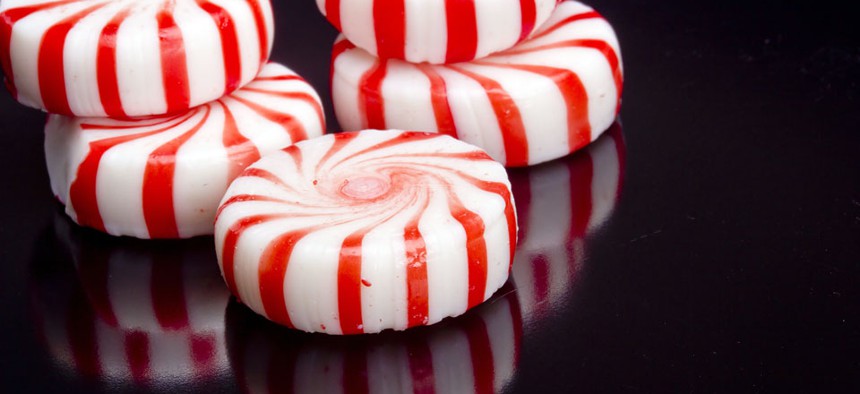These Smells, Colors, and Sounds Help Unleash Your Creativity at Work
Researchers have discovered the best ways to stimulate your mind.
The distractions and obstacles at work hardly make it the most conducive environment to be creative. But researchers have found some ways you can take better control.
Smell the peppermint
Few people in business are aware of this, but the smell of peppermint can improve your alertness and engagement (this and other evidence-based research summaries are collected in the new book “Stats and Curiosities from Harvard Business Review”). In a study led by Kristin McCombs of Wheeling Jesuit University, students who were exposed to the scent of peppermint performed 4% better in the Nintendo Wii Fit Plus Perfect 10 video game and scored 26% more hits during the Snowball Fight game. The scent evidently increased the participants’ physiological arousal and kept them more engaged. Other studies have suggested that peppermint enhances attention, memory, alertness and mood.
Pump up the volume
Then there’s the power of background noise: Research participants were more creative when they were exposed to background noise of 70 decibels, comparable to the sound of a moving car 10 meters away, than when they were in a low-noise environment, according to research by Ravi Mehta of the University of Illinois, Rui (Juliet) Zhu of the University of British Columbia and Amar Cheema of the University of Virginia. The noise makes mental processing more difficult, which activates abstract cognition and thus enhances creative performance.
Go green
And if you’re feeling uncreative, try looking at something green. According to a study led by Stephanie Lichtenfeld of the University of Munich in Germany, people who got a two-second glimpse of a green rectangle completed a subsequent task of imagining various ways to use a tin can with about 20% more creativity than those who had seen a white rectangle. Why green? Why not red, blue or gray? Unclear, say the researchers, but they point out that green has strong associations with growth in many cultures.
(Image via Constantine Pankin/Shutterstock.com)



